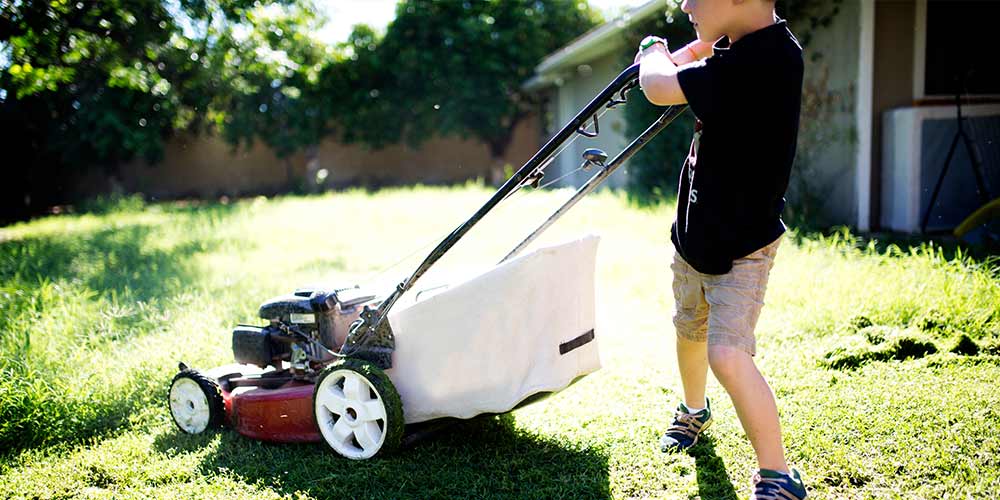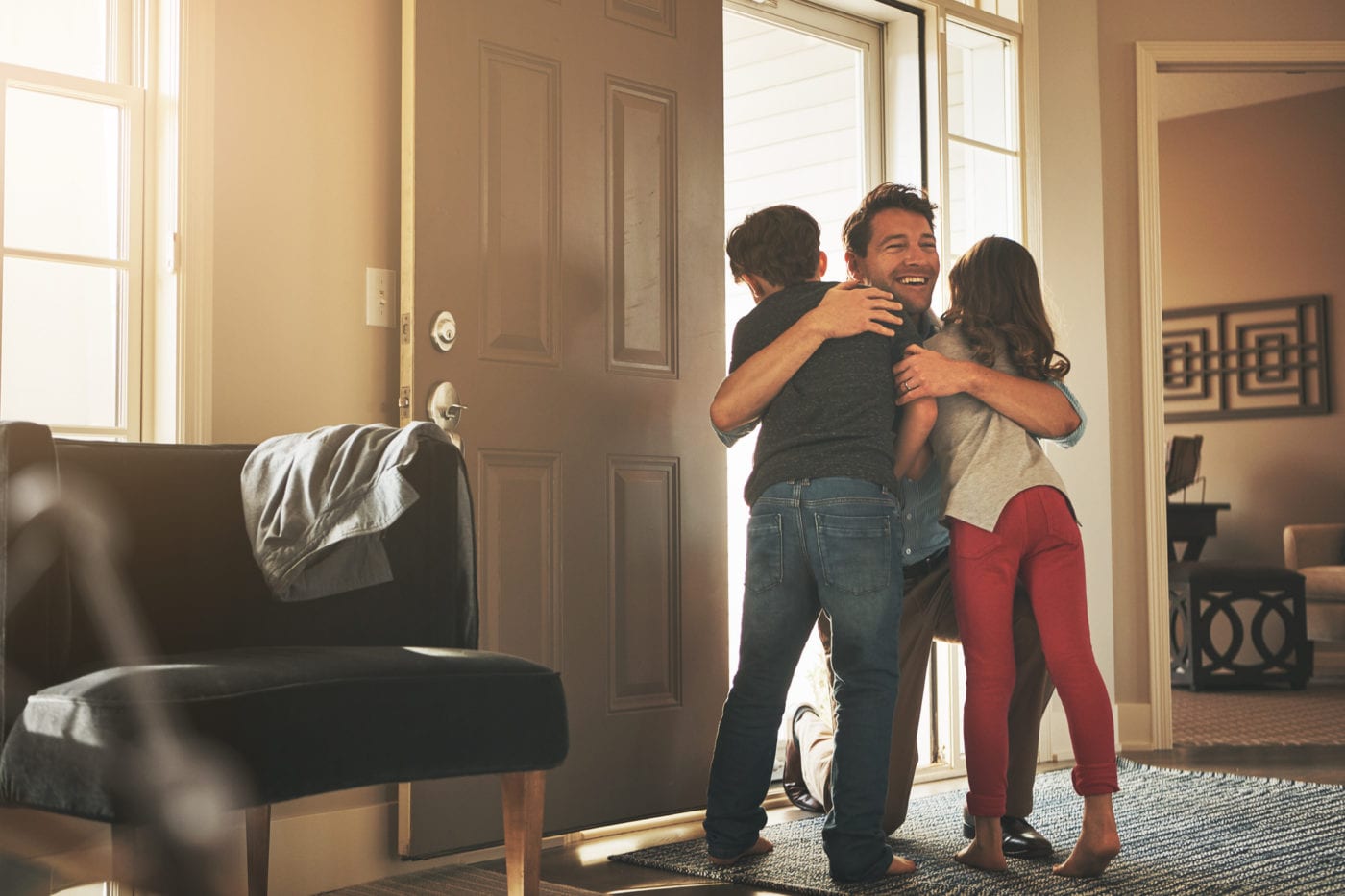My friend had tears in her eyes as she said, “My heart breaks every time I think about the first night my daughter won’t be sleeping here.” She was going through a divorce and knew her 8-year-old daughter would be at Dad’s apartment many nights. She wiped her tears and said, “And then I start thinking of all the details that go into raising a child in two different homes and get totally overwhelmed.”
Raising a child in two different homes takes a lot of planning and communication. There are things you can do that not only provide for your child’s physical needs but also ensure she is less stressed. Here are 7 easy ways to reduce your kids’ stress as they live in two places.
1. Assign chores at both homes.
I feel bad when my kids come home after having been at their mom’s for four days, and I say, “The dishwasher needs to be emptied.” But according to a study by the National Library of Medicine, children who do not help with household chores were less likely to feel good when waking up, to be calm, or to have good self-affirmation.
Translation: When raising a child between two different homes, you’re not doing her any favors by not giving her chores. If she’s contributing at both houses, she’ll feel secure, helpful, and as though she’s part of a team. And nothing says “I’m home” like seeing your name on a chore chart.
2. Give opportunities for your kids to talk to their other parent.
My kids don’t have phones yet, so if they want to talk to their mom or stepdad, they either have to use my phone or an iPad. I always make them ask permission, but I rarely say no. Sometimes it’s just “wait ‘til after dinner time.”
It’s hard not to be protective of your time with your children, but cutting off communication with the other parent is hurtful to your child. Just because your kids are with you, they don’t stop thinking about Mom or needing Mom.
3. Make sure their stuff is safe while they’re gone.
If you have a blended family and a half or step-sibling stays back while your other kids go to Mom’s, do your best to protect their things from meddling hands or curious eyes. No kid wants to return from being away to find her bed has been slept in, her LEGOs have been destroyed, or her journal has been read. Note: This doesn’t apply to the occasional toy purge, which I have 100% done while my kids were away.
4. Refer to both houses as theirs.
It’s natural to refer to the houses as “Mom’s” or “Dad’s.” It just makes communication clearer. You don’t have to overthink this one, and you can’t do it all the time, but consider making tiny tweaks to how you refer to the two homes. “Next weekend when you’re at home with Mom” instead of “at Mom’s house” tells your children her house is their house too.
5. Give choices when you can.
Children being shuffled back and forth have a lot of choices being made for them. My sons know that on Tuesdays, when the kid next door asks if my kids can play basketball tomorrow after school, their answer has to be no, because they’re with their mom. They often have to put their own preferences aside.
So, we have to seek out opportunities for our kids to have agency over their own lives. “What do you want for dinner on Friday when you get home?” “I’m buying a new comforter for your bed. Want to pick it out?” “Signups for YMCA soccer are coming up. Think you want to play again?”
6. Make the most of calendars.
Anything we can do to help a child with two different homes feel grounded is worth our effort. Fortunately, posting a calendar is super easy; you can try these free printables. Use them to give the kids a visual of what house they’ll be at when and what events are coming up.
7. Always warmly welcome them home.
When my sons first walk in the house after being with their mom, I always say, “I’m so glad you’re here.” I try to make that transition peaceful and warm. Lest you think we live in a fairy tale, usually within five minutes, I’m asking them to pick up after themselves or reprimanding them for fighting with one another. But in that first moment when they enter our space, I want them to know I want them there and my life is better with them in it.
Sound off: What do you do to help reduce stress and make your kids comfortable in both houses?











Huddle up with your kids and ask, “What’s your favorite spot in our house?”